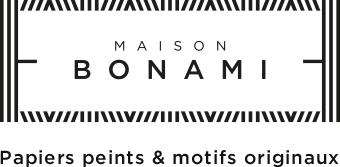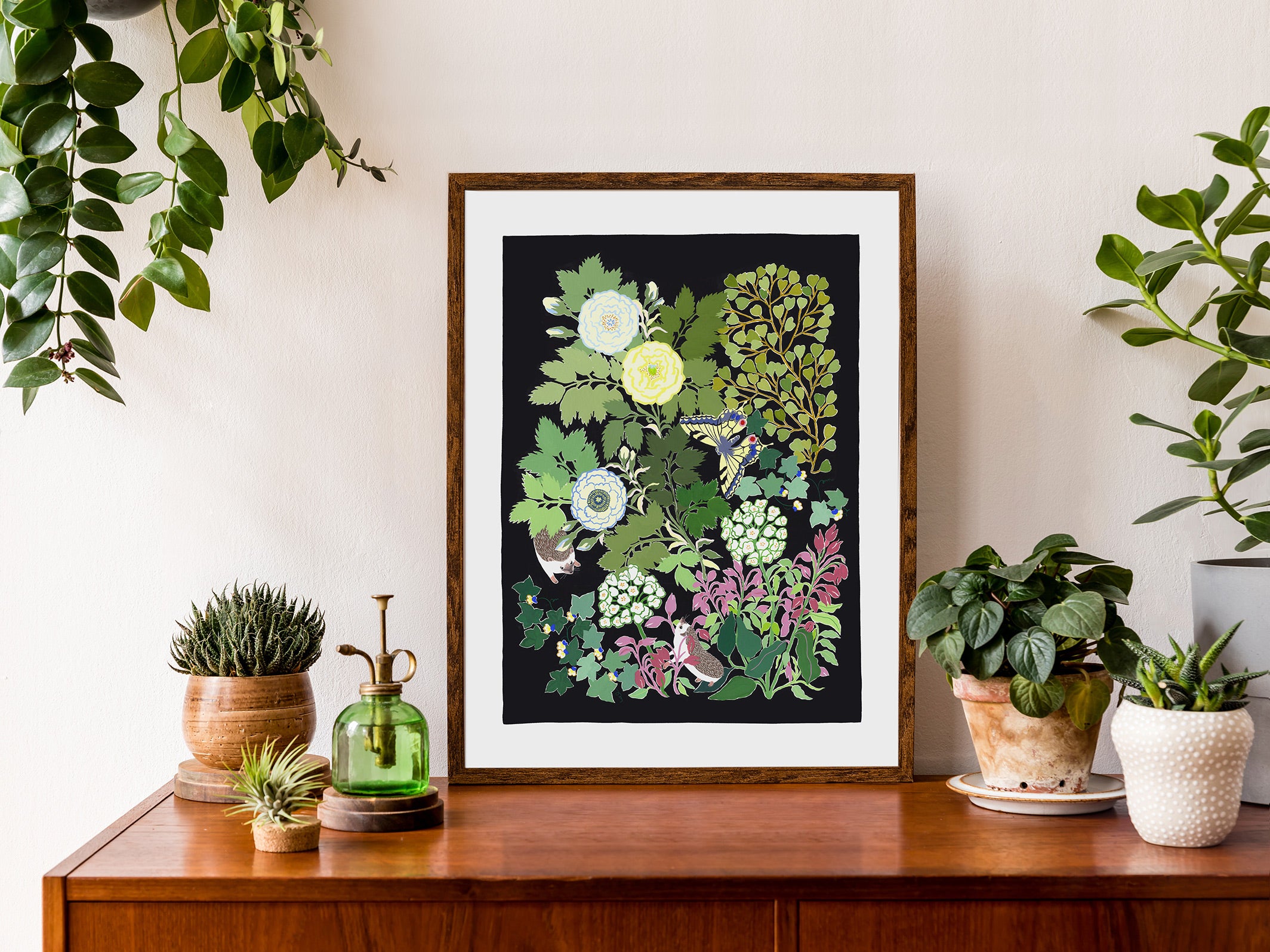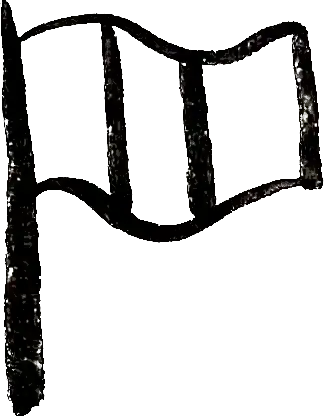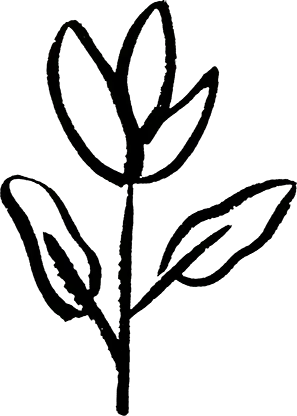Our installation guide
Our non-woven wallpapers are very easy to install. Simply follow the step-by-step installation instructions.
Prerequisites:
The use of Maison BONAMI wallpapers in damp rooms is not recommended. Ensure that the surface to be wallpapered does not have any holes or cracks, or that they are well filled beforehand. To apply our wallpaper, use only transparent, ready-to-use non-woven wallpaper paste. It should only be applied to the wall, not to the wallpaper.
1 - Check the support
Your surface to be wallpapered must be:
- solid
- healthy
- own
- dried
- absorbent
2- Prepare your tools
- transparent non-woven paper glue, in ready-to-use paste to avoid lumps (Do not use white polyvinyl glue (Ovalit TM type) as this may leave white marks on dark colors)
- one meter
- a pencil
- a spirit level
- a cutter
- a glue roller
- a rule
- a new, clean sponge
- a smoothing brush or a clean, soft cloth
- a clean table to unroll the paper
3- Place your markers
The width of wallpaper strips and rolls is always 50 cm. The corners of a room are not always straight. For this reason, you should not hang the first strip following the corner of the wall, but by relying on a vertical mark previously drawn using a spirit level: from the door or the corner of the wall you want to wallpaper, draw a vertical line in pencil, using a spirit level, 47 cm from the left corner of your wall. You will start hanging the wallpaper from this line and not from the corner of the wall.
Laying the first strip is key! If it's not perfectly vertical, all the others will be crooked.
4- Paste the wall to be wallpapered
Using the roller, spread a THIN* layer of glue on the wall, extending a little over the lines and not forgetting the corners. Our paper adheres very well, there is no need to use a large amount of glue. This will prevent glue from oozing between each strip, which could leave traces of glue on the strips once dry.
Never paste non-woven wallpaper. Non-woven material requires little glue to adhere. It absorbs a lot of moisture. This could damage the print.
* Do not use too much paste, as excess paste can damage the wallpaper. If excess paste is used, clean it immediately with a clean, slightly damp sponge. When using the sponge, do not use the abrasive side, as this may damage the wallpaper.
5- Lay the first strip
Before laying the paper, cut the first strip, making sure to add 5 cm to the length.
Once the strip is cut, position it at the top of the wall, along the installation axis that you drew in step 1 (leaving a margin at the top of at least 1 to 2 cm or more if your ceiling is not straight). If bubbles remain trapped under the paper, dry your hands well beforehand, then very gently smooth down* the entire surface using a wallpaper brush or a simple soft, clean, dry cloth, starting at the top and moving from the center to the ends.
* Smoothing the strip helps to remove imperfections such as air bubbles that may be between the wall and the wallpaper. Pass the wallpaper brush over the strip, without pressure to avoid deforming it (you can use a wallpaper brush or a plastic spatula delicately ). The movement should be from bottom to top then from the inside to the outside, without pressure to avoid deforming the support.
6- Line
Each new strip will be laid next to the previous one using the same steps. Be careful not to overlap the strips when laying. If glue has spilled onto the strips of paper, wipe it off quickly and gently with a very slightly damp sponge. Do not rub, as this could damage the paper and erase the ink.
7- Adjust the dimensions
Once all of your strips are dry, use the cutter and a ruler to trim along the baseboard and ceiling.
How to hang panoramic wallpaper →
Download our installation guide in PDF format →
*To read these guides, you need the PDF reader Acrobat Reader.
Downloadable for free here





